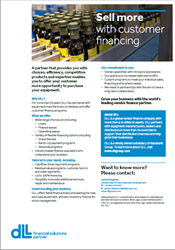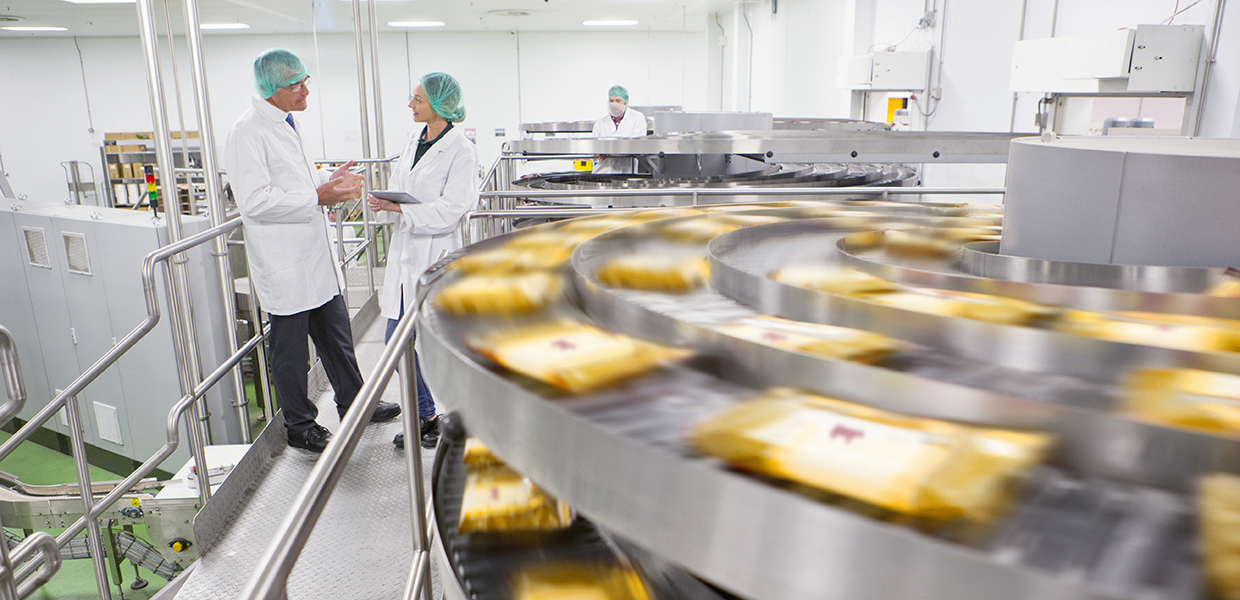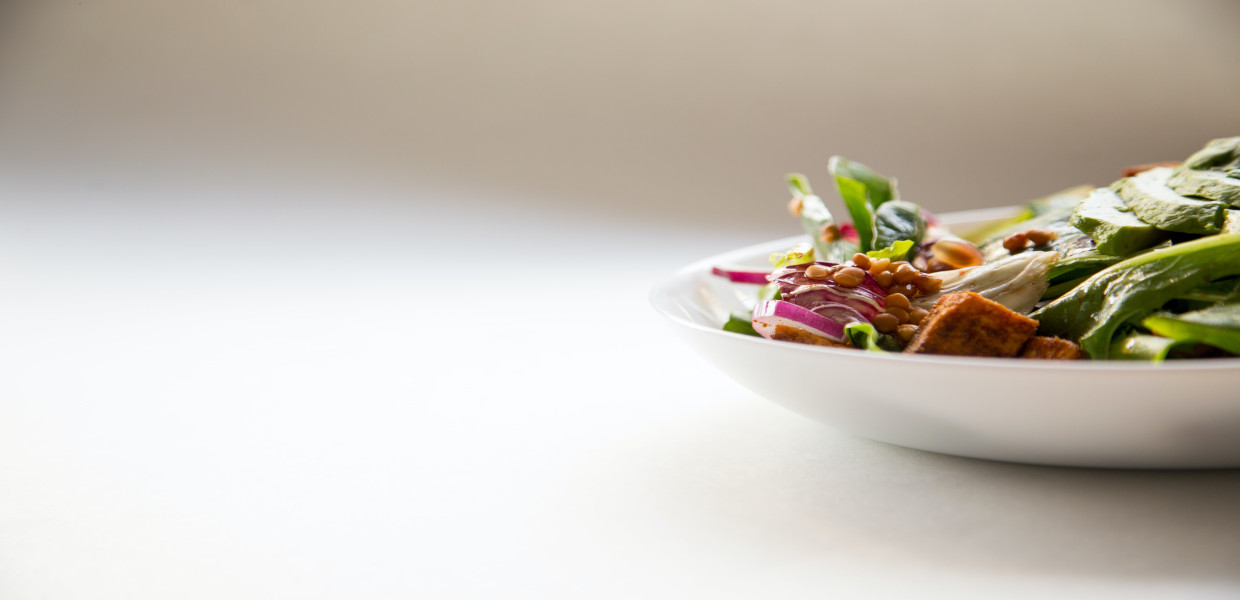In one of DLL’s previous blogs ‘Three Trends That Will Shape the Food Industry Going Forward (dllgroup.com)’>, we referred to the changing customer needs and preferences when it comes to maintaining good health, including the consumption of healthier, more nutritious foods and diet changes. Since its publication, it’s clear that COVID-19 has also boosted the need for transparency in sourcing, production, and the entire food supply chain. In the most developed markets, consumers are moving away from heavily processed foods that contain artificial ingredients. They demand manufacturers provide exact information on what is inside the food they provide, how it is produced and what the packaging is made of.
Blockchain technology is a significant driver in this trend. In 2022, blockchain will be incorporated into QR codes on food packaging, enabling consumers to track certain aspects of their product along the supply chain – including manufacturing, distribution, retailers, and quality control information.
"Foodies" driving the clean label movement
Driving the trend are Millennials and Generation X who consider themselves “foodies,” but a growing number of Baby Boomers are joining the movement as well. Clean label consumers of all generations believe that products with natural or fewer ingredients — or foods with other attributes such as better nutrition — qualify as clean label. Not surprisingly, social media has been a major influencer in creating awareness, leading to better-for-you ingredient information becoming the ‘norm’ and not the exception in the food industry. In other words, it is not seen as a selling point, but it is a firm expectation.
COVID pandemic has impacted food habits
The concept of clean label food and beverage is nothing new, but it has been thrust into the spotlight over the past few years as health-conscious consumers want to know what they are putting into their bodies. It is one of the biggest trends in food and one that continues to evolve. The coronavirus pandemic has also caused the clean label trend to evolve. According to a 2020 Health & Food survey undertaken by the International Food Information Council (IFIC), COVID-19 has impacted eating and food preparation habits for 85% of consumers. The ongoing global crisis has bolstered focus on overall health and immunity, with consumers seeking foods and ingredients that support personal health. Attention is now on the post-corona landscape to explore how these new behaviors will shape the future of the food and beverage industry.
Clean label ingredients expected to double sales by 2026
Clean label is no longer a fad or a trend—it’s the “new norm" that is spurring innovation across all Consumer Packaged Goods categories. But nowhere is this more apparent than in the food and beverage industry where global sales of clean-label ingredients market was valued at $38.8B in 2018 and is projected to reach $64.1B by 2026.
This concept is supported by the results of a survey commissioned by specialty public relations agency, Ingredient Communications. The survey found that as many as 73 percent of consumers are happy to pay a higher retail price for a food or drink product made with ingredients they recognize and trust.
Food manufacturers must keep pace
Just as important as what is in a product’s ingredients is what isn’t. Avoiding ingredients on the no-no list, including artificial colors, flavors and sweeteners are high priorities. Likewise, consumers avoid maltodextrin, high fructose corn syrup, nitrates, and chemical-sounding ingredients.
Many manufacturers struggle to find the balance between switching to natural, clean label products and maintaining profits. But food manufacturers need to raise the bar to remain competitive. Consumers want healthy, natural, simple foods, and are actively avoiding foods made with chemical modifiers. This is the core of the clean label movement, and food manufacturers must keep pace by removing artificial ingredients and chemical modifiers from their applications, and replacing them with clean, natural alternatives. However, the artificial ingredients are in there for a reason: to extend the shelf life, to maintain taste, color or product specifics. New and innovative ingredients need to be found or created so that the production process and lifetime of the product is maintained.
Pieter van Berkel, Global Program Manager at DLL “We see relatively young, smaller and therefore agile players entering this market, requesting financial solutions to develop their innovative, science-based solutions to produce clean products. Probably in future, these new initiatives and solutions will be bought or copied by the big players and integrated into their process”.
From clean labels to ingredient transparency
While clean label refers to certain types of ingredients in food, ingredient transparency goes deeper, exploring the origins of those ingredients and the practices used to obtain them. Being transparent means being open and honest about the food supply chain and all the ingredients used in your products (whether they qualify as “clean” or not).
Transparency and clean labels should go together and are two priorities food manufacturers need to strive to go toward if they want to increase market share and appeal to these trends that have now become the norm. Most consumers (86%) say clean or natural ingredients that are easy to understand are important. Consumers feel a higher sense of trust toward food manufacturers that go the extra mile to also share the backstory about where those ingredients came from. To achieve those goals, choosing a supplier that values the same things and follows a strict chain of custody is key.
What is next?
The next step for provenance and transparency is likely to move beyond ingredients. In the future, producers need to look to ensure how they run their business, how their ingredients are produced and under what conditions they are also up to higher ‘clean image’ standards. The packaging industry will also be impacted as packaging is an important part of the product. Key brand owners respond with packaging sustainability targets. Better solutions for plastics and recycled content are focus areas. Labels are already responding to these trends with innovative solutions like paper-based RFID technology tags, compostable and recyclable adhesive labels or labels being replaced by dodging, burning, laser-marking or natural branding. All these initiatives help to reduce waste and reply to the customers' demands for clean conscience brands.
Sources



